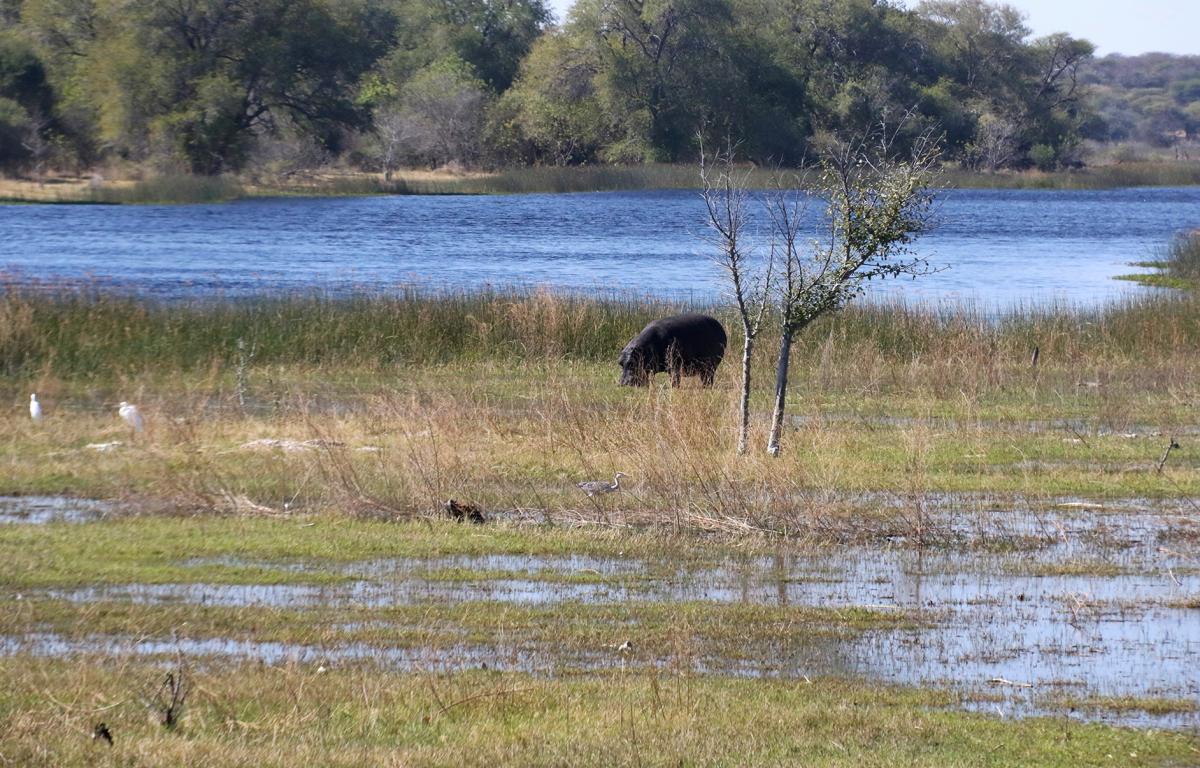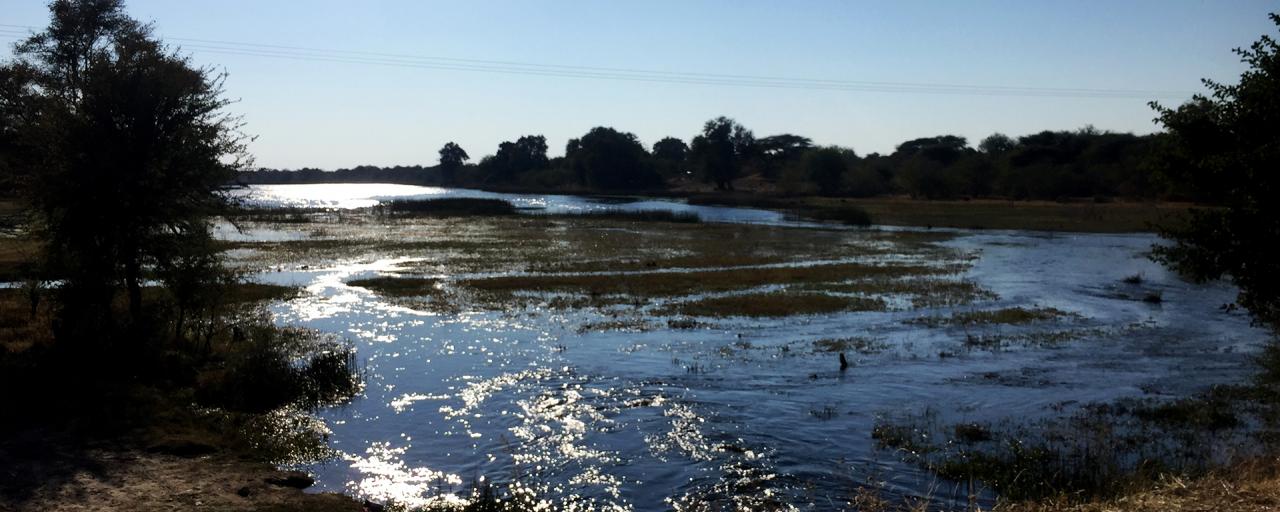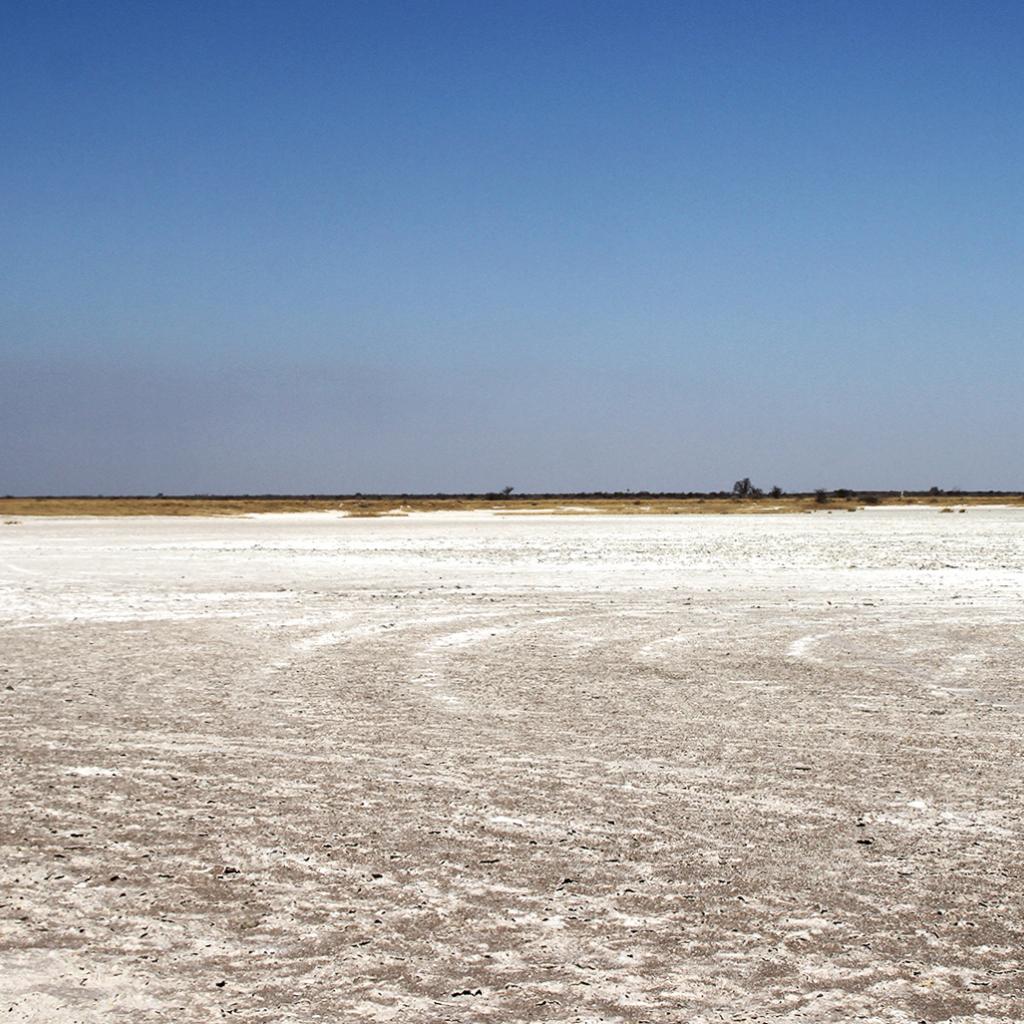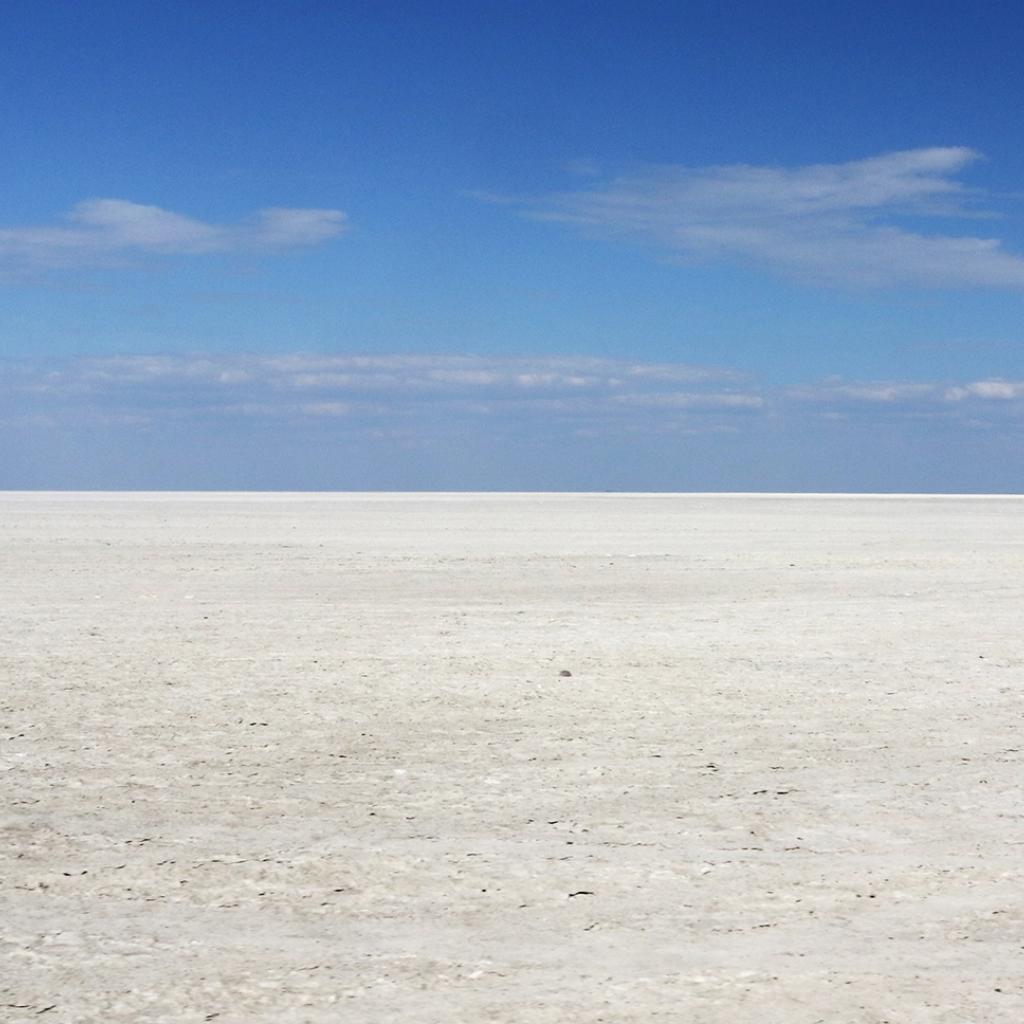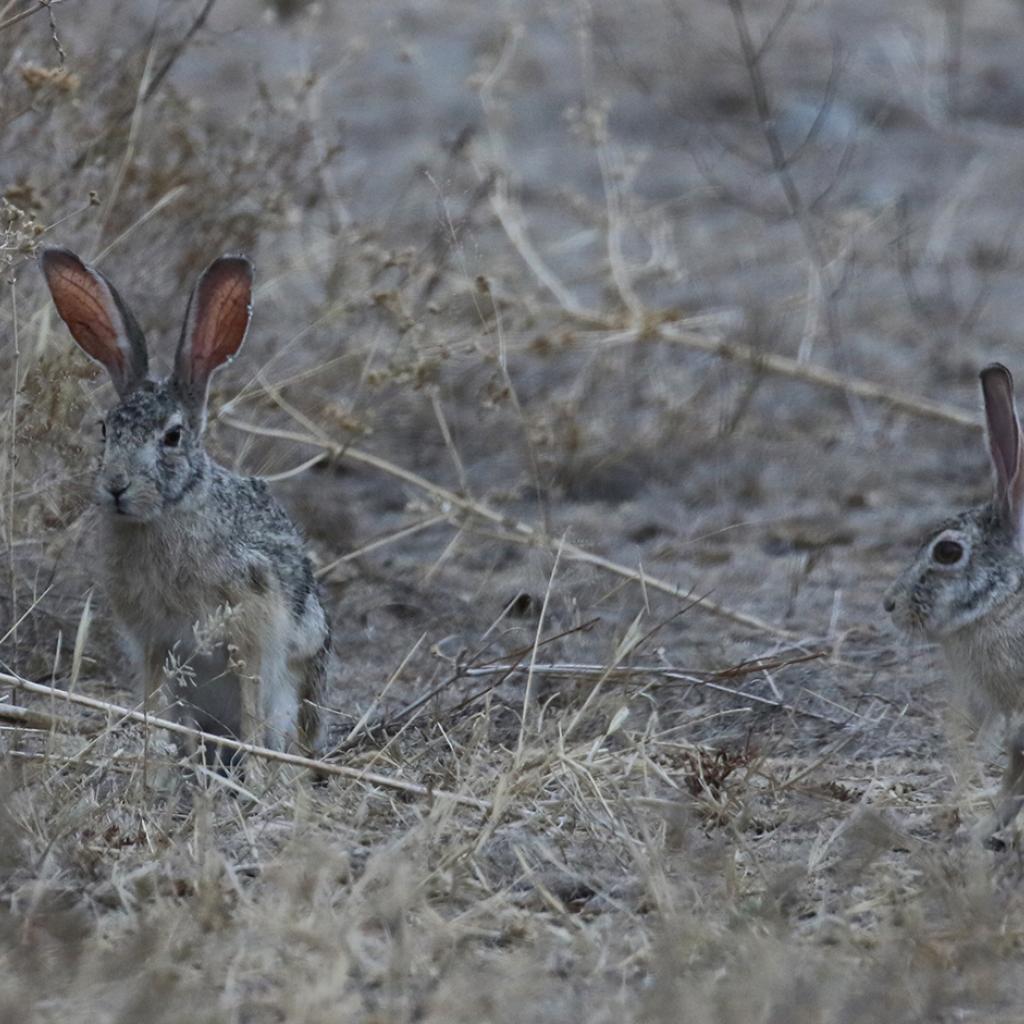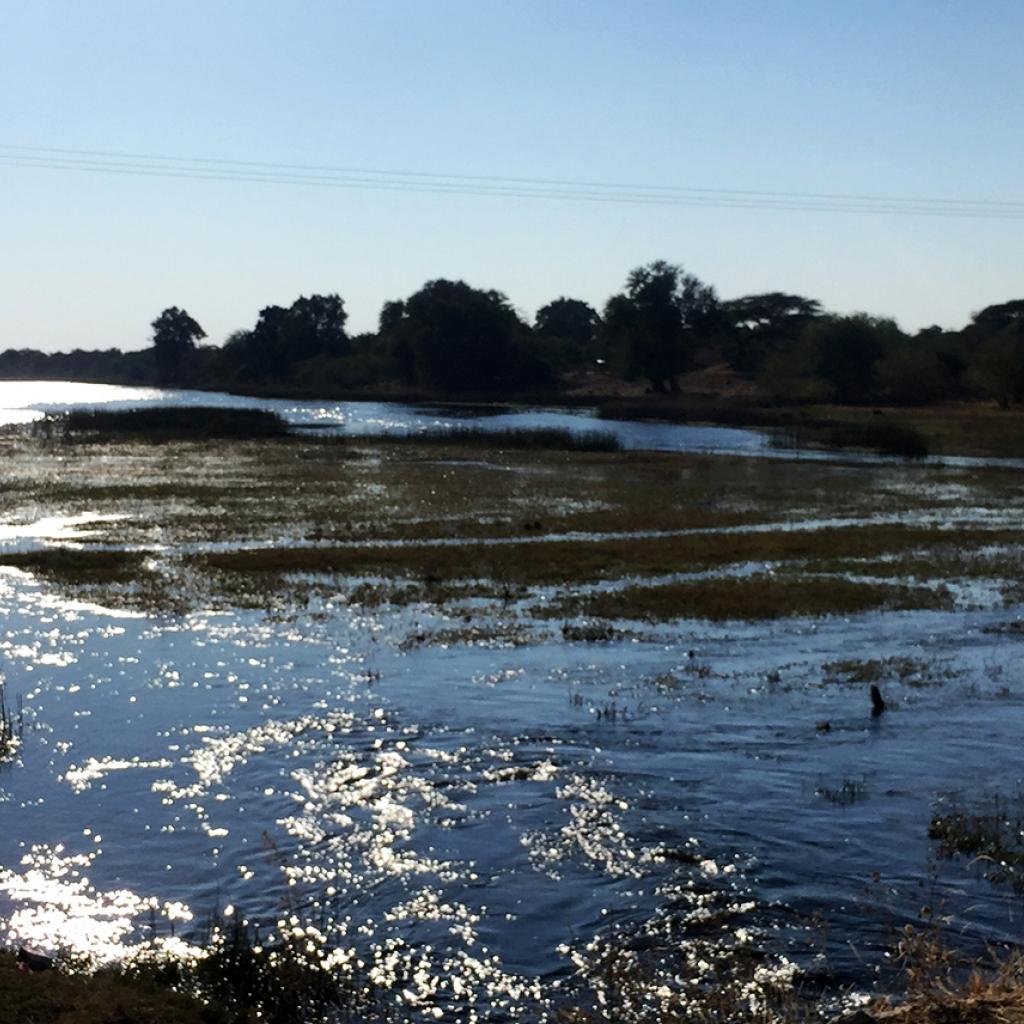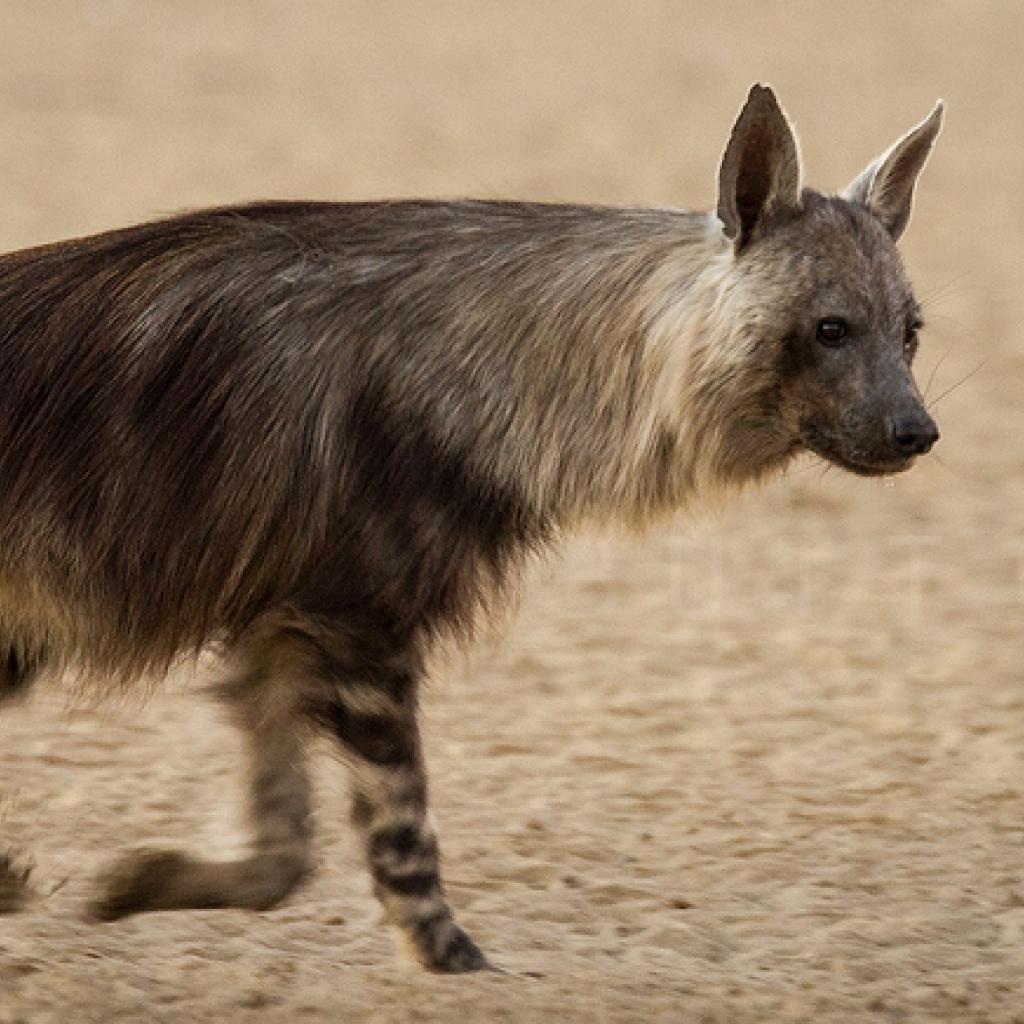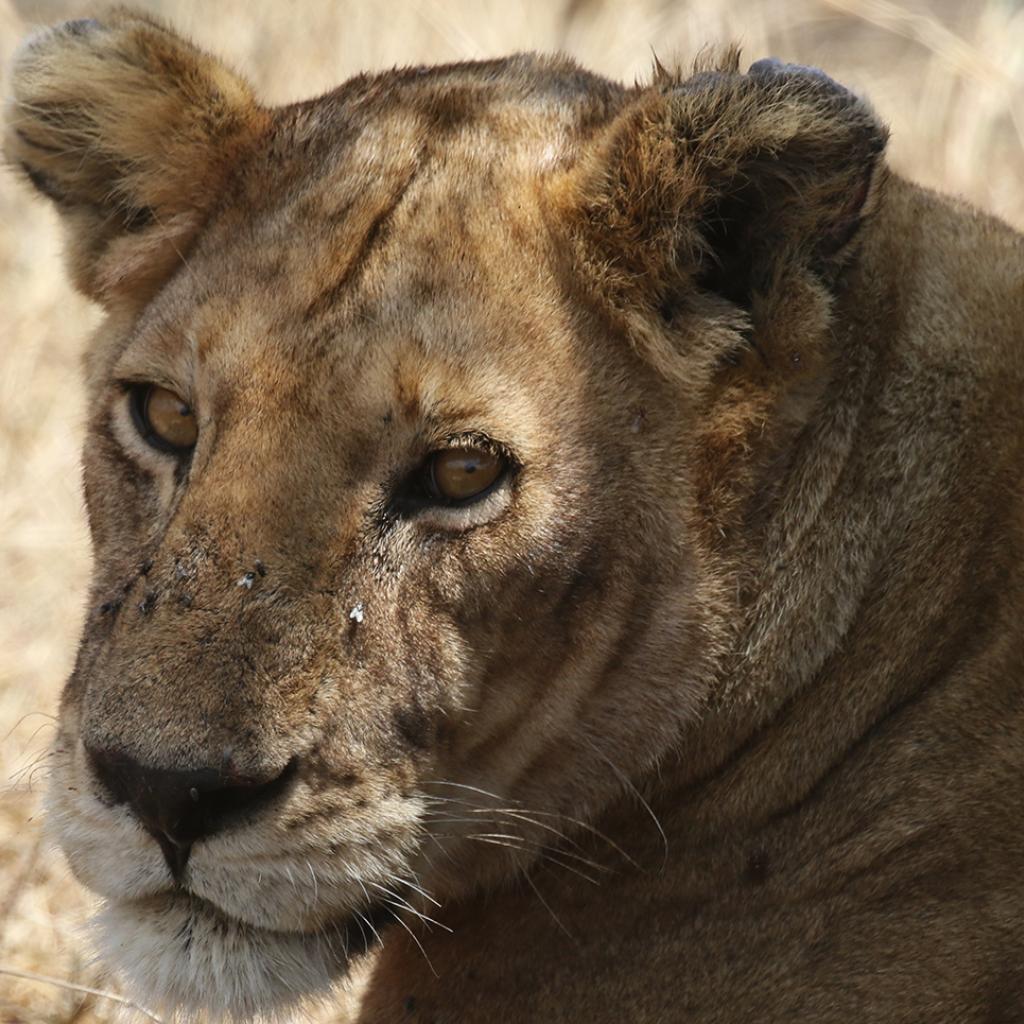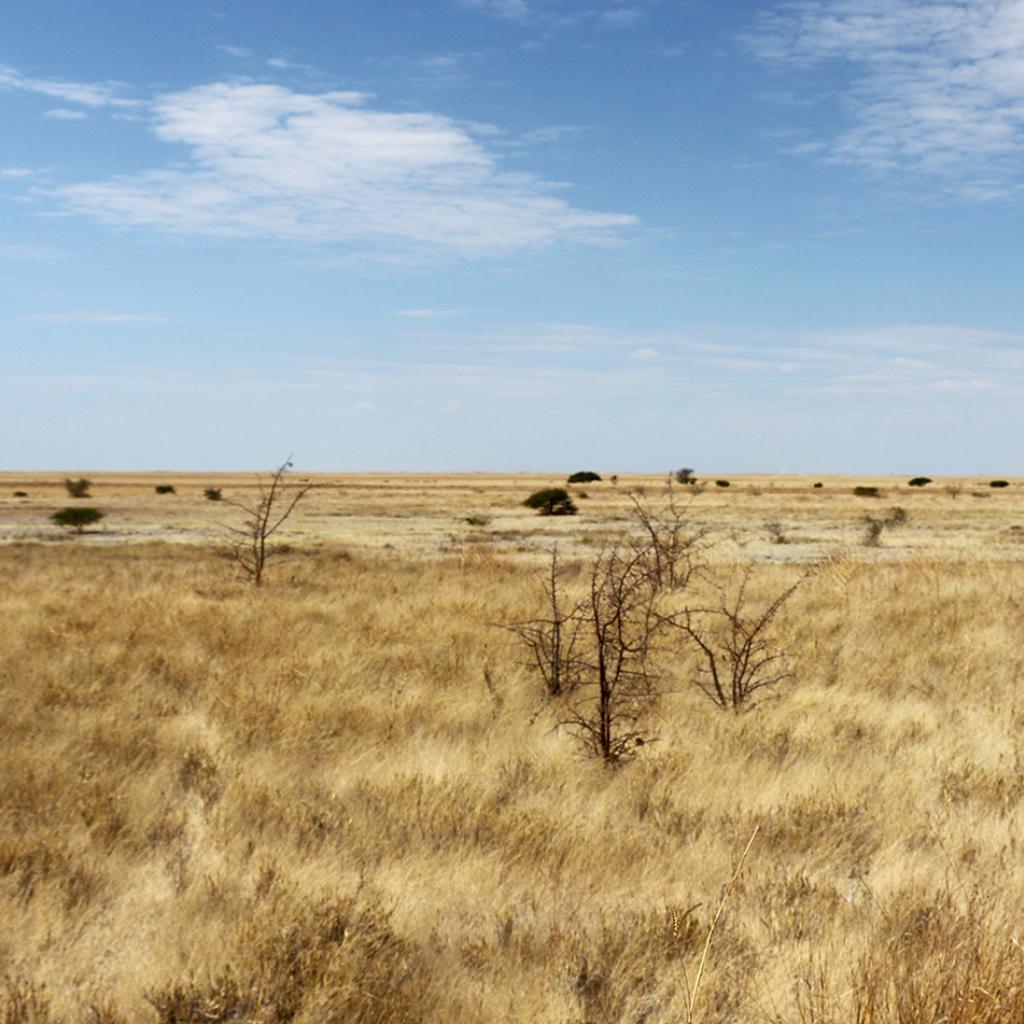The Boteti River, or Botletle or Botletli, is a natural watercourse located in Botswana and constituting the Western boundary of the Makgadikgadi Pans complex and the homonymous Makgadikgadi Pans National Park; it welcomes the waters from the Thamalakane River, that is located in Maun, that in turn collects the waters that come from the Okavango Delta, and then reaches the Makgadikgadi Pans, from here it continues its course to the Xau Lake, in the South-West part of the Ntwetwe Pan, and finally fills the Mopipi Dam, that was built to provide water to the mining area near Orapa.
During the rainy season the river brings rainwater to the Makgadikgadi Pans, if the rains are particularly abundant, it contributes to flooding the expanse of salt and to freshen wavy grasses and vegetation in general.
During the dry season, when the Pans have dried up and the vegetation of the plains has dried up, the Boteti River is the only source of permanent water that allows the surrounding vegetation, the river forest and the shrubs to survive; it also attracts herds of herbivores from the Makgadikgadi Pans National Park and the Nxai National Park, as here they are sure to find the food and water they need to overcome the toughest months of the year.
The water flow of the Boteti river during the dry season is never constant, besides depending on the seasonal rainfall in Botswana, it also depends on the intensity of rainfall on the plateau in Angola.
The water that supplies the Okavango Delta comes from the Angolan highland, and the winter flood of the delta depends precisely on the summer rains in Angola; due to the low slope of the soil, the rainfall water in Angola in January and February arrives in the Okavango Delta in late May or early June and takes a couple of months to reach the Southern delta border.
During the rainy season the river brings rainwater to the Makgadikgadi Pans, if the rains are particularly abundant, it contributes to flooding the expanse of salt and to freshen the wavy grasses and vegetation in general.
If the flood is abundant, the water is able to continue its course and arrive in the Boteti river, in this case the river flows and brings water and life throughout its course; if, however, the flood of the Okavango Delta is little, the water that comes out is short or nonexistent and the Boteti River is reduced to a few ponds of stagnant but permanent water.
From the end of the ‘90s until 2009, the Boteti River had only a few puddles of water during the dry season, but in any case it was vital for the herbivores, such as the zebras and the wildebeests, that give birth to the second most important migration of Africa after the Great Migration in the Serengeti; also oryxes, elands, springboks, giraffes and some white rhinos gathered at the ponds, followed by predators.
At that time the water never passed Leroo La Tau, the hippos remained trapped in the perennial water puddles and the crocodiles became almost completely terrestrial and digged ditches in the Eastern shore to shelter themselves.
Since 2009 the Boteti River has returned to have a good water flow in the winter months, so it has also begun to attract some herd of buffaloes and some elephants; in addition, hippos, that were previously confined to the puddles, are now free to move freely in the river, the Nile crocodiles as well, that in the years with little water remain ripped into their ditches, are free to move and hunt.
Since the Boteti River has returned to have a lot of water, it has passed Leroo La Tau, sloping Southward, as a result of this, the Xau Lake runs over every year flooding the surrounding area; also the vegetation along the river has partially changed, there are now several aquatic plants that at other times were unable to survive due to the lack of water; in addition, many more birds such as the greenshank, the flamingos, the teal, the Wahlberg eagle gather here during the dry season.
The reason why the summer rainy water in Angola takes months to get into the Boteti River is the low slope of the soil; there are several faults in this area that, with their movements, have been the cause of both the formation of the super lake of the Makgadikgadi Pans and its disappearance and also the formation of the Okavango Delta.
Unable to predict the trend of the Boteti River floods, the local population usually claims that the flood period lasts between 20 and 40 years, followed by a "dry" period of equal length.
The Boteti River, especially when it has a lot of water, also becomes a natural barrier between the wild animals on the Eastern shore and the livestock on the Western shore.
